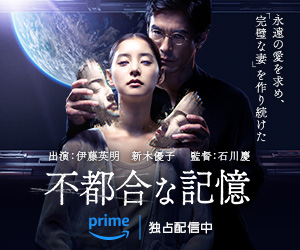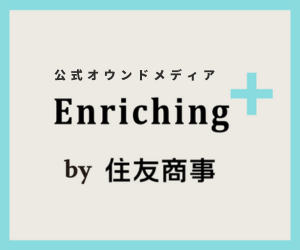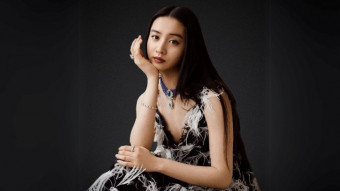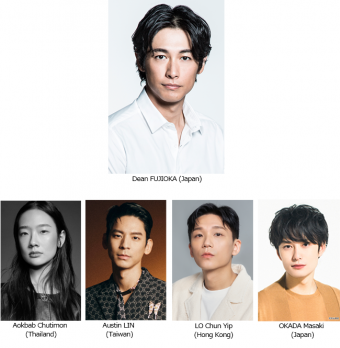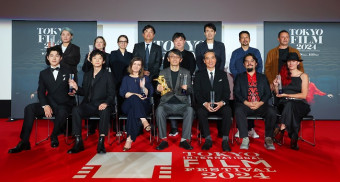Originally written in Japanese.
Selected for the 37th Tokyo International Film Festival Competition Section
Lust in the Rain
Official Interview with Director Katayama Shinzo
The impoverished manga artist Yoshio (Narita Ryo) is invited by his landlord to help the melancholic Fukuko (Nakamura Eriko) move, alongside the washed-up literary youth Imori (Morita Go). As a peculiar love triangle unfolds, Yoshio’s harsh life gradually comes to light.
This is the third feature film by Director Katayama Shinzo, whose self-produced Siblings of the Cape (2018) was theatrically released, followed by his second film, Missing (2022), which won the New Director Award from the Directors Guild of Japan and the Best Film Award at the Cinema Asia Film Festival in Brussels. The film is a novel work that reinterprets several short stories by the internationally acclaimed manga artist Tsuge Yoshiharu (1937~), maintaining the surreal essence of the original manga while experimenting with a unique cinematic narrative.
The filming locations in Taiwan had a tremendous effect, imparting an almost stateless quality to the film. Given the many spoiler-sensitive elements in this convoluted work, there is a limit to what can be disclosed before its screening, but I hope that reading this after watching the film will help provide a clearer picture of the work.
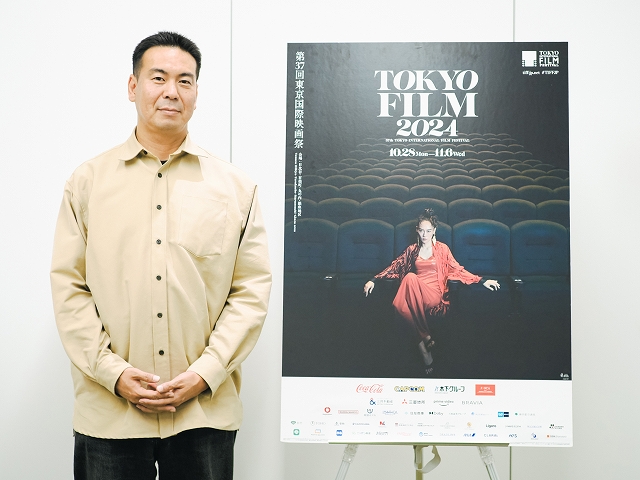
– This is the first time you’re selected for the Tokyo International Film Festival Competition Section.
Director Katayama: It’s an honor to be selected for the Competition Section.
– This is your third feature film as a director. I noticed that with each film—Siblings of the Cape, Sagas, and now Lust in the Rain—you seem to be trying different styles.
Director Katayama: I aim for new challenges with each film. My own style hasn’t been established yet, and I think I’ll discover it as I continue with my creation process. I’m still exploring which kind of work suits me best.
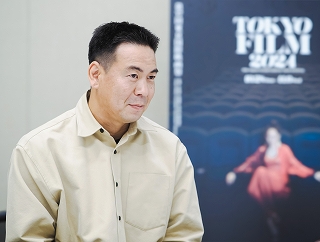
– In this film, you’re adapting the works of Tsuge Yoshiharu. What did you pay attention to during the adaptation process?
Director Katayama: The characters in Tsuge’s manga have a certain melancholy and charm. So, I made sure that even minor characters left a lasting impression, to preserve that charm.
– The title Lust in the Rain, is a short story published in 1981 with only 19 pages. In this film, it is blended with three other stories: A Summer Memory, Ikebukuro Hyakutenkai, and The Woman Next Door, creating an unexpected world.
Director Katayama: When compiling the four stories, I wanted to make it a love story. I picked out the impoverished manga artist and the waitress Fukuko from Ikebukuro Hundred Hyakutenkai, the washed-up literary youth Imori, and the landlord from The Woman Next Door, and crafted a romantic drama. I thought that as long as Yoshio’s emotions ran throughout, it would succeed as a movie.
– In the press sheet, you mentioned the concept of a “love story” while also addressing the theme of “parting.”
Director Katayama: That’s correct. Even if it’s a love story, I couldn’t quite envision a typical happy couple, and the romantic films I’ve seen before have often left a stronger impression when they deal with the theme of parting, so I imagined the story along those lines.
– When people think of Tsuge, they might envision dreams, journeys, and the semi-autobiographical world of an 8m2 room. However, while this film contains elements of dreams and journeys, it doesn’t feel semi-autobiographical at all. It has a grand, almost operatic quality. Were you aiming to modernize Tsuge’s imagery by adding love story elements?
Director Katayama: When I looked at the world I wanted to depict, I was unsure if I should adapt the original work directly. I pondered how to make it more cinematic and dramatic. During my location scouting in Taiwan, I came up with ideas for scenes involving castles and war, which I decided to incorporate into the screenplay.
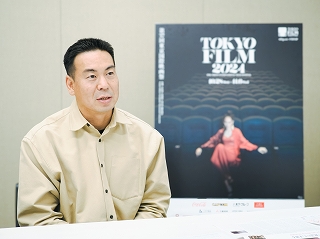
– So, the story evolved as you were inspired by the landscapes of Taiwan. If you hadn’t gone on the location scouting trip, the war aspect might not have been included?
Director Katayama: Correct.
– Initially, you were writing the script with Oe Takamasa, but you later incorporated the castle and war settings yourself?
Director Katayama: Yes, that’s right.
– You were deeply captivated by the landscapes of Taiwan.
Director Katayama: Definitely. But I was also inspired by its history. Taiwan is close to China, and in 2022, when I was searching for filming locations, Kinmen Island was wrapped in military tension. Experiencing that situation made me want to reflect on the history of Japan and Asia.
– Taiwan not only has urban filming support systems but also provides substantial support in rural areas for film production. How was the filming in Chiayi City?
Director Katayama: The Taiwanese film staff and location collaborators worked enthusiastically to help realize my vision, making filming easier than it was in Japan. Even when I scouted locations in Japan, permits are usually hard to come by, but in Taiwan, we could generally shoot in the locations we desired. Their responsiveness was incredibly flexible. As someone who relies on intuition, I truly valued the opportunity to draw inspiration directly from the locations during filming.
– The film unfolds with intertwining dreams and reality, making some parts quite complex. However, once you identify which scenes are real, it offers a clear understanding. For example, did you draw on the reverse narrative style of Billy Wilder’s Sunset Boulevard (1951)?
Director Katayama: That’s very much the case; it resembles films like Jacob’s Ladder (1990) and Eternal Sunshine of the Spotless Mind (2004), where the protagonist’s emotions drift like a soul experiencing visions. That’s what’s most important; it doesn’t matter if the timeline is a bit hard to follow as long as the audience can directly experience the nightmares Yoshio endures.
– Was it confusing for Narita Ryo, who played Yoshio, to keep track of the timeline?
Director Katayama: Especially since we filmed out of sequence (laughs). But in reality, Narita grasped each scene very well and performed admirably.
– Eriko Nakamura, who played Fukuko, also captured a subtle feeling that suited her role perfectly.
Director Katayama: Nakamura is quick to understand and performed exactly as I instructed on set. We met during auditions for Siblings of the Cape, and she has a rather carefree personality. While the role could easily come off as heavy, she managed to imbue it with a suitable emotional depth.
– Morita Go, who played Imori, delivered a powerful performance.
Director Katayama: Morita is taciturn and has a stoic approach to his role, but every time I said something on set, he would laugh, which made me feel I was directing well. Thanks to that, I was able to maintain my emotional stability during the shoot (laughs).
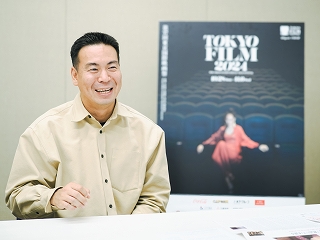
– The visuals in this film are much more colorful compared to your previous works.
Director Katayama: I focused on the unique light of Taiwan and used a lot of green and red. It’s definitely a different light than what we have in Japan.
– Many international visitors will be attending the Tokyo International Film Festival. What do you hope the audience takes away from your film?
Director Katayama: I hope they can experience it with an open mind, free from any preconceived notions. While there are scenes depicting war and brothels, those are historical facts from the past. More importantly, I hope they focus on what the protagonist Yoshio feels and how he lives, and that they can appreciate the underlying anti-war sentiment in the story.
September 25, 2024, Tokyo Midtown Hibiya
37th TIFF Competition Section
Lust in the Rain
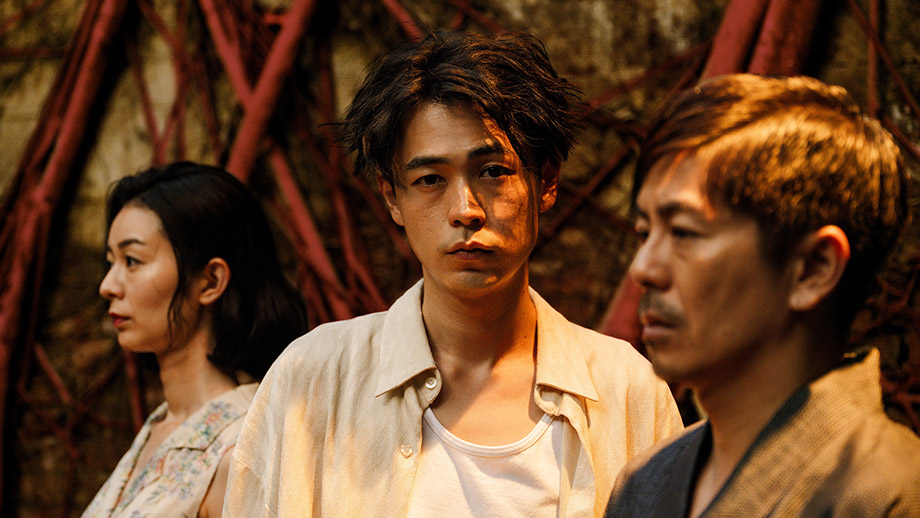
Director: Katayama Shinzo
Original Story: Tsuge Yoshiharu
Cast: Narita Ryo, Nakamura Eriko, Morita Go, Takenaka Naoto, Li Xing














